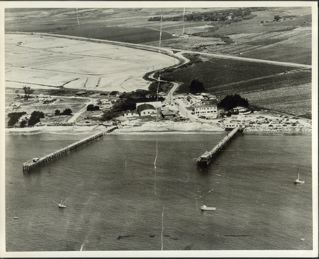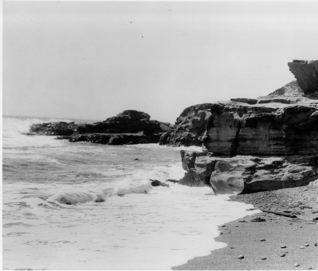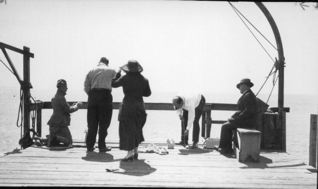âWe not only learned enough to uncover one of the biggest bootleg rings in the country,â? boasted Mobile Prohibition Supervisor John Exnicios, âbut we also have the names of all of the prominent members of the ring.â?
Leaked to the press was the news that Giovanni Patroni had revealed the identity of the Vancouver company that furnished the liquor, names of all the rumrunnerâs boats, and to whom the booze was consigned.
Under pressure, Patroni had fingered Tom Murphy.
When the authorities finally located him, Murphy admitted that he had contracted with a major bootlegging ring in Vancouver to carry contraband liquor from Canada to the San Mateo County Coatside, making deliveries in small fishing boats at Princeton.
Law enforcement and the judicial system were erratic during the Prohibition era. Despite Tom Murphyâs indictment and confession, he did not serve jail time but continued his bootlegging career with partner Paul Pane at Ano Nuevo.
By 1924, Prohibition Director Sam Rutterâs agents had become tougher and armed themselves with sawed-off shotguns. When Rutter learned 240 cases of Canadian Club whiskey were arriving at Ano Nuevo, he raided the South Coast ranch. But by then Pane and Murphy had vanished from the beach into the darkness and werenât found.
J.F. Steele was arrested but granted immunity for furnishing Rutter with evidence leading to the indictments of Pane and Murphy, according to newspaper accounts. Steeleâs life was threatened and he received protection from the authorities.
A year after the Ano Nuevo raid, Pane and Murphy had still not been found. Then, in a bizarre twist, the San Francisco Prohibition office received a report that Tom Murphy had barricaded himself in his apartment in the City. He was armed and vowing to resist arrest.
A squad of heavily armed federal officers surrounded Murphyâs residence but when they rushed the door the agents found the rum baron sitting quietly by a window counting $30,000 in cash. He submitted to arrest without protest but his trial would not begin until his partner Paul Pane was also in custody.
…to be continued…




